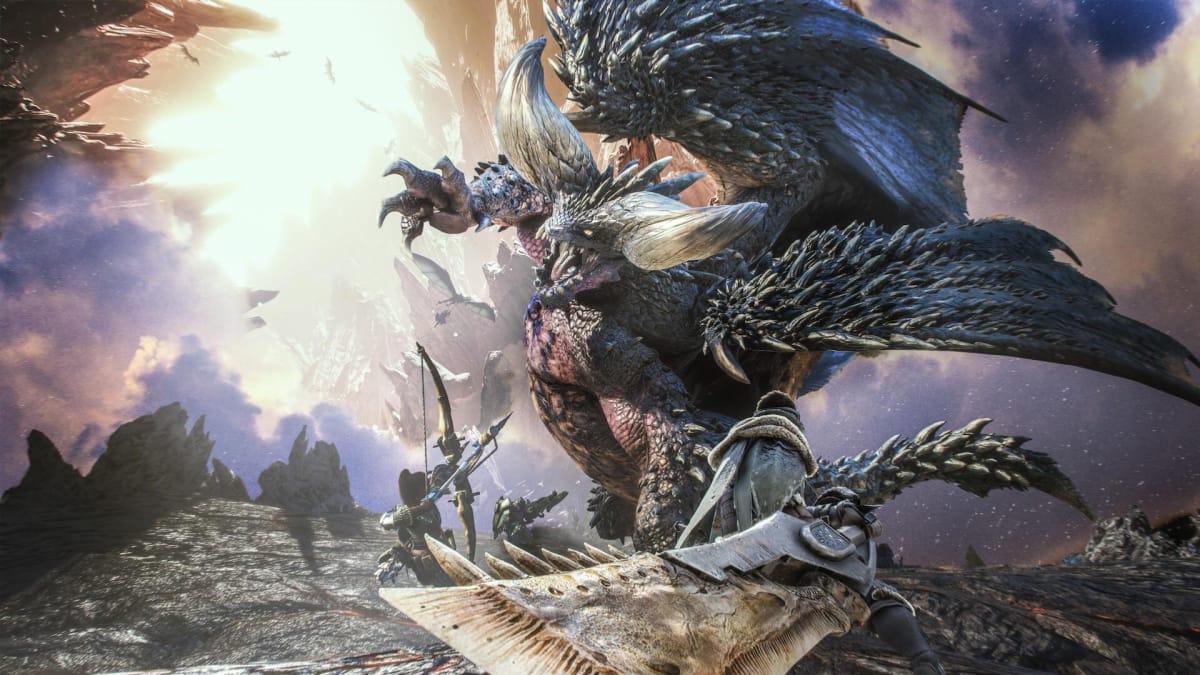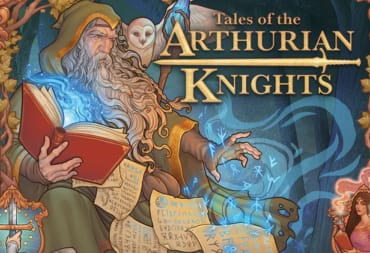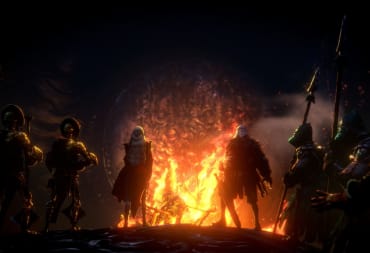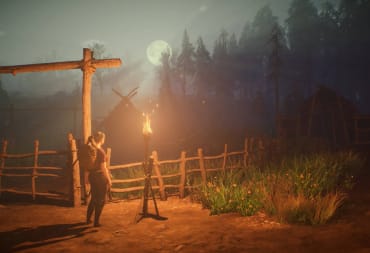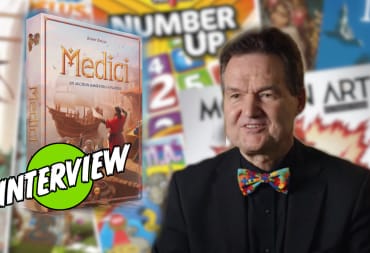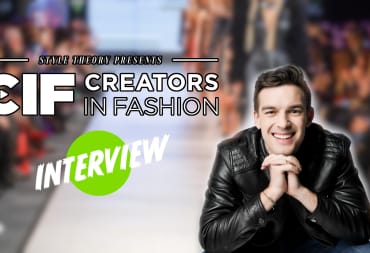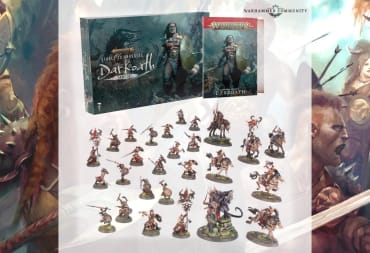Out of all the IPs that industry veteran Capcom boasts, Monster Hunter is still relatively new to its success in the West. Now one of the company’s top best-sellers, second to only Resident Evil, the franchise has spawned multiple spin-offs, crossovers, a trading card game, an anime, and even a live-action movie (let’s not talk about that). The series originated on the PlayStation 2 and, with the recent release of Monster Hunter Rise, has now made its way onto the Nintendo Switch.
However, out of its tens of titles, a slice of them were never released outside of Japan. In fact, until the release of Monster Hunter World, the action RPG catered to a relatively niche audience. So, how did the series evolve to become the hit that it is today?
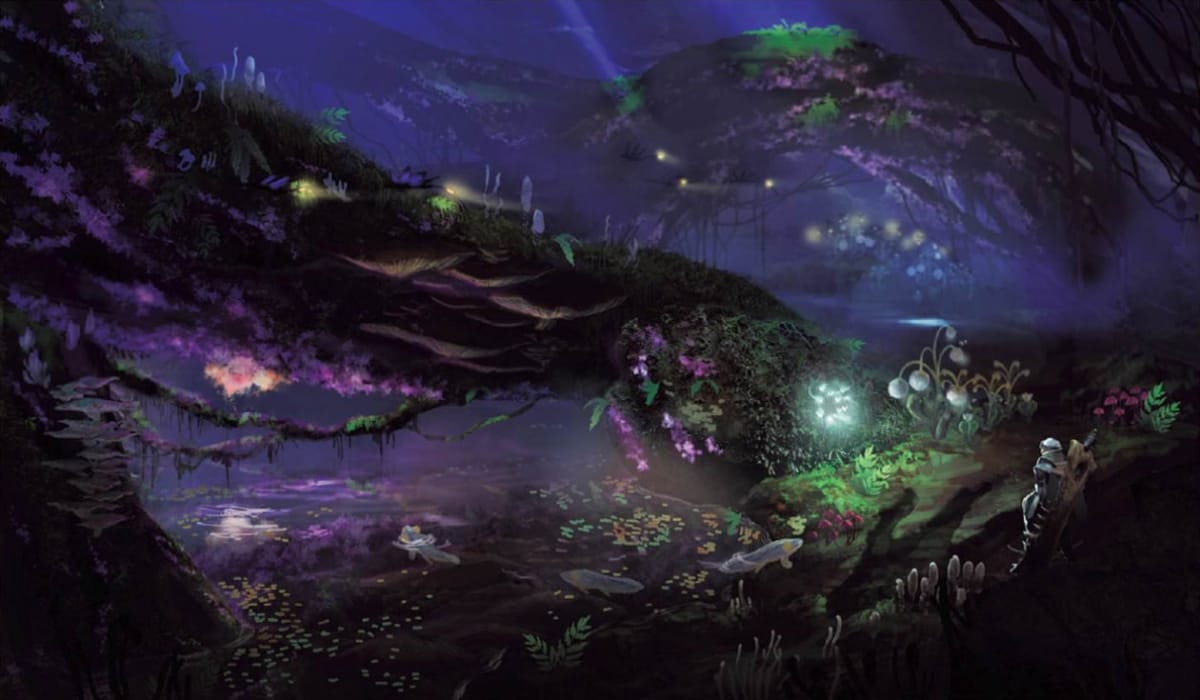
In the Beginning, There was PlayStation
It turned out that 2004 was a pretty happening year for video games. The Nintendo DS launched, World of Warcraft became a thing, and first-person-shooter games were thriving. In the midst of it all, Monster Hunter was released for the PlayStation 2.
As is now tradition with the Monster Hunter series, the game took place in a prehistoric fantasy setting where technology has advanced just shy of an industrial era. Much like what the title suggests, you would assume the role of a hunter and, well, hunt monsters. Actually, there’s a bit more to being a hunter. The game itself puts it in the best way. “Known far and wide as a superior warrior, renowned as a collector of fine and rare articles, loved, respected, and trusted by one and all...what path you take is completely up to you.”
You’d receive a multitude of quests to undergo as an up-and-coming hunter. This could be as easy as a simple fetch quest for herbs, or as momentous as capturing a monster. The inceptive game established the core gameplay of the Monster Hunter series. There is no leveling up or stat gains as a character. Rather, you rely on your weapons and armor for growth. This, in turn, encourages the player to focus on gathering new materials from the wild and your spoils of battle.
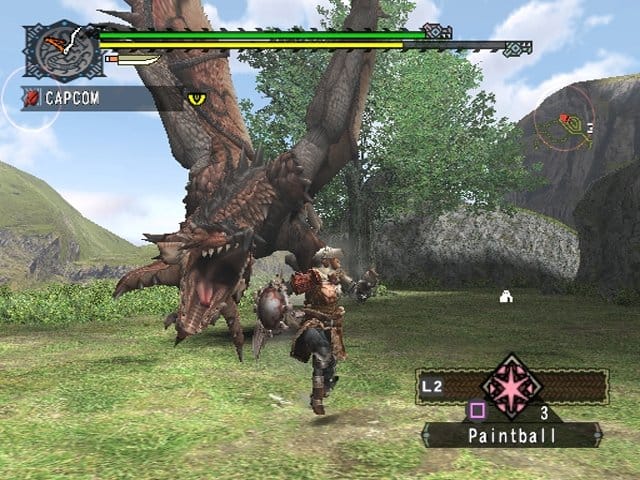
The first generation included the first seven weapon classes to choose from and was classified as either ‘blademaster’ or ‘gunner’ weapons. Along with this were the 45 different monsters, each categorized into six different types, and of course, included the generation’s flagship monster, Rathalos, with each generation featuring a different monster as its flagship.
As there is a certain limit to your abilities, teaming up with other players can greatly enhance the experience. In fact, the game was crafted around the PS2’s online capabilities and proved to be the secret of Monster Hunter’s success in Japan. At the time, Capcom was looking into experimenting with online connectivity and made three games with it in mind: Auto Modellista, Resident Evil Outbreak, and Monster Hunter.
In charge of the online systems for these games at the time was Ryozo Tsujimoto, the third son of Capcom’s founder, Kenzo Tsujimoto. In an article with The Guardian, he explained his thought process while tailoring the game’s multiplayer experience.
"The more we did with online features, the more experience we gained—and the more we were able to implement better features," he said. "Monster Hunter was taking Capcom’s renowned, best-in-class action gameplay and putting it into an online cooperative environment.”
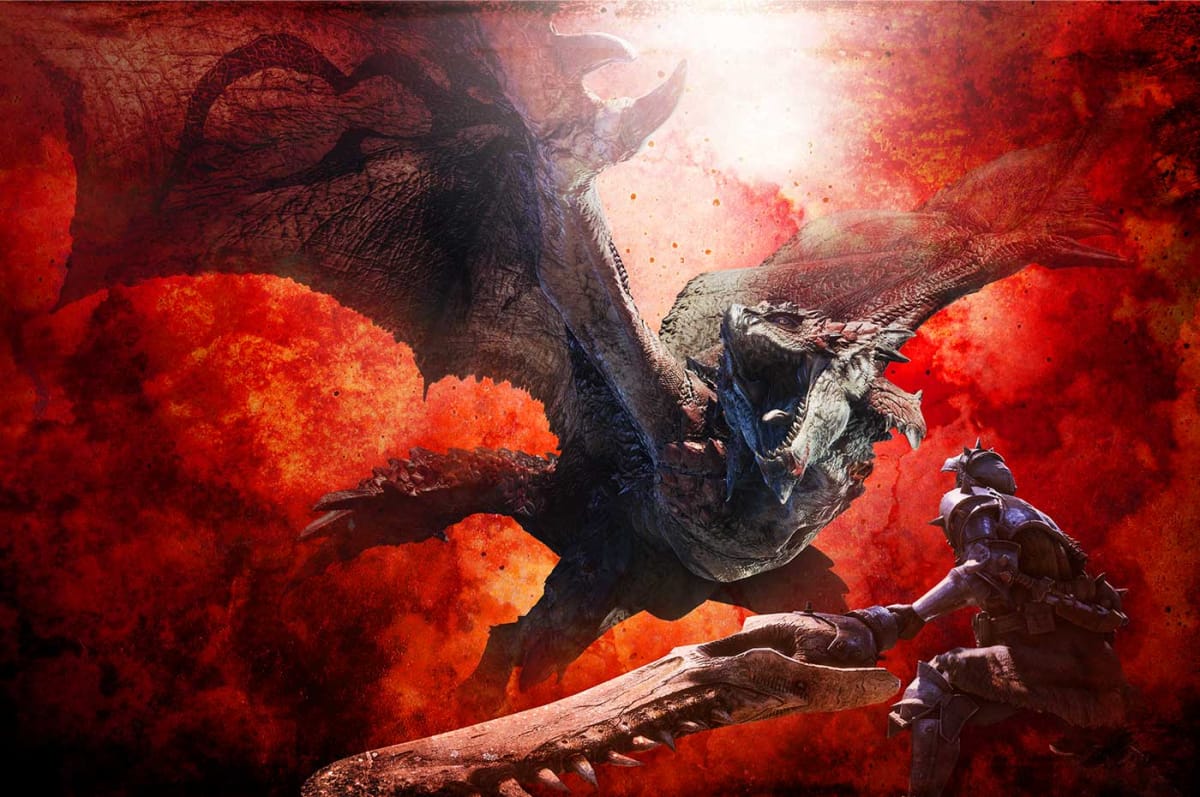
The Journey Forward
Monster Hunter aimed at taking the multiplayer scene by storm, much akin to the likes of Phantasy Star Online. The game took off in Japan and went on to receive a port for the PlayStation Portable, titled Monster Hunter Freedom, and became even more successful than the original. In response to this, Capcom decided to stick to handhelds as their choice of platform for further titles down the line.
The second generation of Monster Hunter remained on the PlayStation, under the names Monster Hunter Freedom 2 and Monster Hunter Freedom Unite. The third and fourth generations went to the Nintendo 3DS for the most part, with the exception of Monster Hunter 3, which was initially released for the Wii but was later re-released as Monster Hunter 3 Ultimate for both the Nintendo 3DS and Wii U.
In general, handheld consoles have been more popular in Japan than they have been elsewhere. So, when a new Monster Hunter game was announced to release on the tiny 240p screens of the 3DS, there wasn’t as much fanfare in the West. This, coupled with the fact that the game was more oriented towards co-op play, made it less than favorable. To add to that was the slow grind that the first few hours of the game presented, and for someone new to the franchise, it may seem like a slog unless they have someone to show them the ropes.
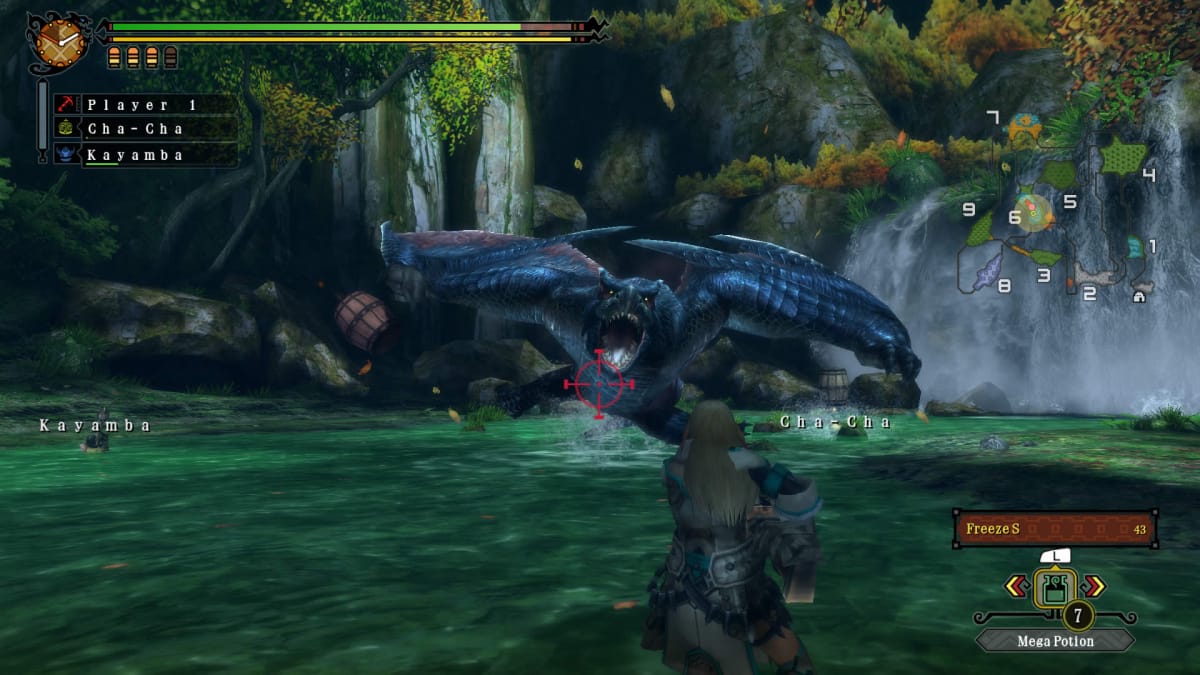
In an interview with Eurogamer, Tsujimoto explained why the game just clicked in Japan.
“In Japan, people will teach other people, and part of that is environmental factors—the fact that people live very close together, that they are always using transport," he said. "Part of it is just being able to learn from another person, teach another person, and that makes it a little bit easier on people who might otherwise find the game to be too hard to play...We've been trying very hard to develop this community. It's important to us that it grows, and that has contributed to the success of the series."
For the most part, Monster Hunter has been a game centered on the socialization aspect. Its population made it much easier to find others playing the game. Adding to that is the fast-paced lifestyle of the average Japanese citizen, making handhelds the perfect platform in a pinch. In contrast, most of the West prefers either the console or the PC as their choice of system, and of course, back then it wasn't as easy as it is today to find other players with a mutual interest in the game they were playing.
The release of Monster Hunter 4 Ultimate outside of Japan started to change the lukewarm reception it used to garner. The main reason behind that was the localization efforts on the U.S. side of Capcom. Polygon’s Allegra Frank explained how localization director Andrew Alfonso streamlined the game to make it appealing to a new audience, while also retaining current Monster Hunter fans.
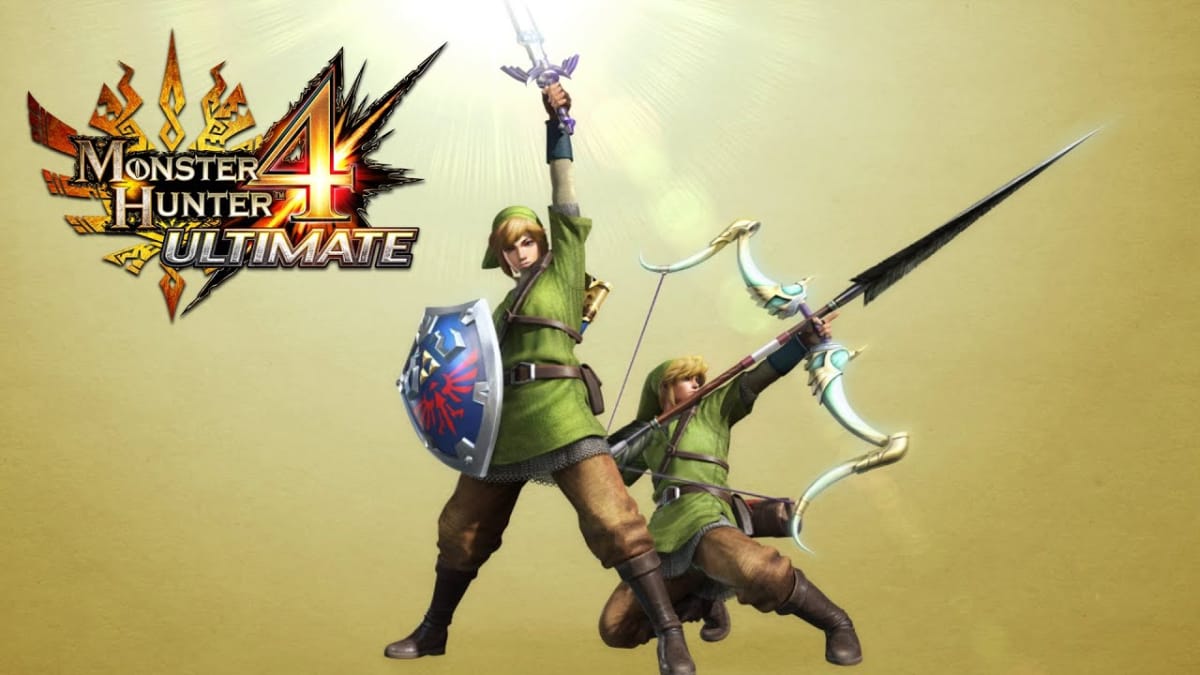
Adjustments such as a more catchy script, a demo to help get Link's weapons and armor in Monster Hunter 4 Ultimate and get accustomed to the weapons, and skippable tutorials all ended up playing a key role in helping break that barrier. Monster Hunter 4 Ultimate went on to ship one million units in the West, a first for any Monster Hunter game at the time, and its successor, Monster Hunter Generations, also followed suit.
For the most part, the Monster Hunter games were focused more on gameplay rather than world-building. The series has a lot of lore, but at the time, more of the exposition was given in art books and novels. In response, Monster Hunter Stories was developed as a change of pace from the more realistic setting of the usual games, where you play as a Rider and befriend monsters rather than hunt them down. The art style looked a lot more laid-back and anime-like rather than the more realistic approach that the remainder of the games takes upon. The combat was also turn-based with each attack being of a different type, playing out in a rock-paper-scissors fashion.
Monster Hunter Stories was critically a hit, nominated as the best handheld game at The Game Awards 2017, and is even due for a sequel in July of this year. Of all things, it really set the ball rolling for change at Capcom.
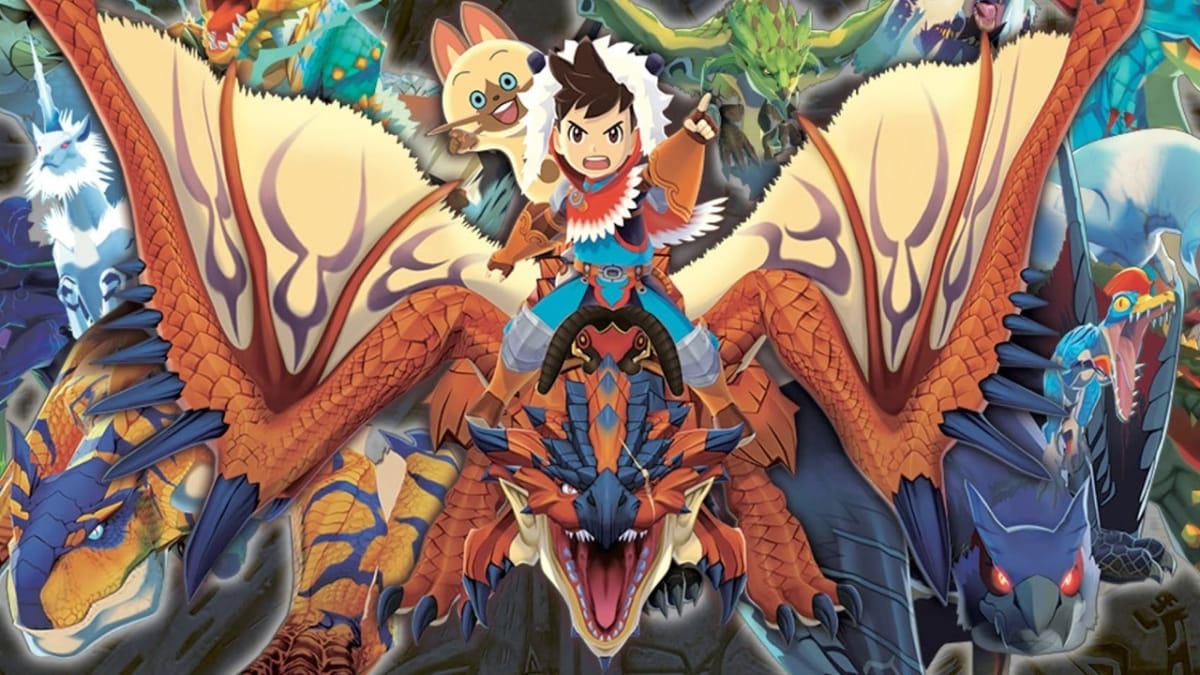
A Whole New World
Thirteen years later, Capcom decided it was time to bring Monster Hunter back to the home console. It would be a risky move as their Japanese audience wouldn’t be too pleased about the shift, but it was one that they were willing to take. At E3 2017, the fifth generation of Monster Hunter was revealed for the Xbox One and PS4, and it looked beautiful.
There was now an element of stealth to the game, monsters interacting with other monsters and duking it out in the overworld, and more of an open-world type layout rather than the segmented zones of the previous games. To reflect the feel and theme of it all, the game was titled Monster Hunter World, rather than the usual numerical suffix.
The extra juice from both consoles' hardware gave developers the chance to spread their wings and go all out on the design aspect. As a first, motion capture was one of the tools used to breathe life into the monsters and give a more predator-like feel to them. What added more to that believable feeling was the plumes of feathers that could now dance in the breeze on a Kulu-Ya-Ku, or the drool visible from the jaws of an Anjanath.
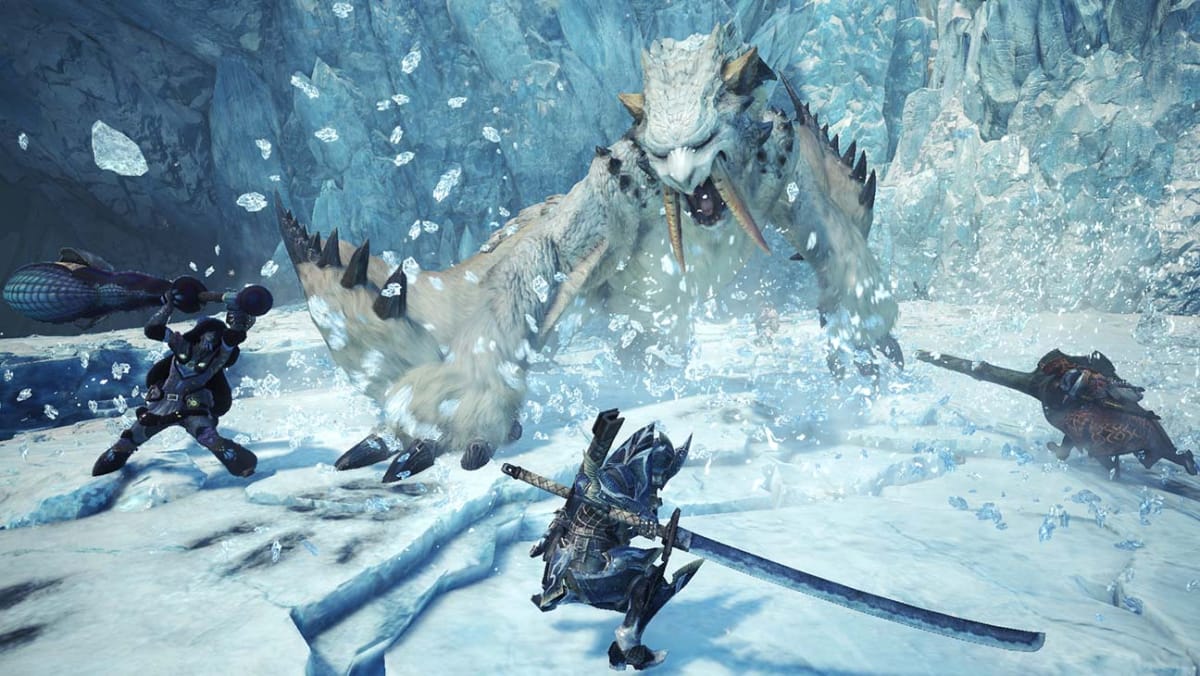
Contrary to most die-hard fans’ worries, Monster Hunter World, while designed to be more friendly for newcomers, retained what aspects made it a Monster Hunter game, palicoes and all in place. In an interview with The Verge, the game’s executive director and art director Kaname Fujioka stated, “Whether [new players] like it or not is obviously personal, but we’re removing the barriers to entry, and giving them the chance to get to know the game.”
It ended up working like a charm, as Monster Hunter World sold over 16 million copies. The release of the game on PC, as well as the DLC, Monster Hunter World: Iceborne, contributed significantly to the sales numbers. Not to mention, the countless weekly bounties, crossovers with both Capcom IPs and non-first-party titles, and cross-platform support. For many, it was their first taste of anything Monster Hunter, and Capcom’s success with the game really carried through.
The Continuous Rise
The not-too-long-ago release of Monster Hunter Rise on the Switch brought the game back to Nintendo, making it the perfect sweet spot for the on-the-go and at-home experience. Well on its way to critical and commercial success, Monster Hunter Rise introduced new mechanics such as wirebugs and Wyvern riding while bringing back what made Monster Hunter World the hit it was and even further improving on certain aspects (more on that can be found here).
With Monster Hunter Stories 2’s release on the horizon, who’s to say how much more the franchise will grow in the future? Until then, the hunt is afoot.
Have a tip, or want to point out something we missed? Leave a Comment or e-mail us at tips@techraptor.net
